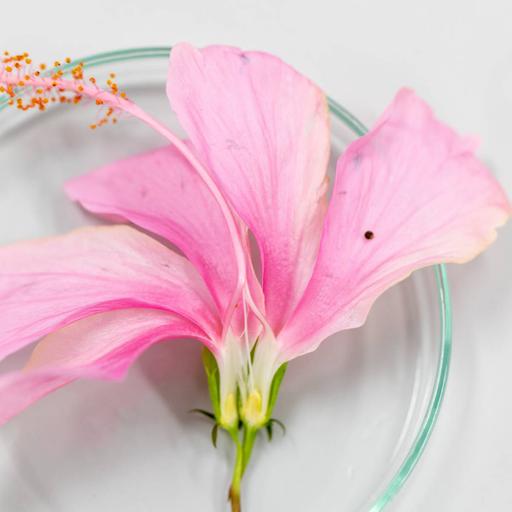Morphology of Flowers
Presentations | English
Flower shape, color, and markings are all valuable features for plant identification. A typical angiosperm flower is borne on a peduncle (stalk) and is composed of the receptacle, sepals (calyx), petals (corolla), stamens, and pistil (carpel). Flower parts may be fused or separate and usually exhibit radial (star-shaped) symmetry or bilateral (two-mirror image halves) symmetry. In addition to their shape, flowers are often differentiated by further dissections of their structure. For example, complete flowers must have all four main flower parts: sepals, petals, stamens (male) and pistils (female), while incomplete flowers will be missing one or more of these parts. Most flowering plants have perfect flowers that contain both male and female reproductive parts. However, some have imperfect flowers that contain only the male or female part (stamen or pistil) and may or may not contain sepals or petals. A species may have individual plants that are dioecious, producing either male or female flowers or cones on separate plants. Plants that are monoecious produce both female and male flowers and cones on one plant.

16.00
Lumens
PPTX (32 Slides)
Morphology of Flowers
Presentations | English
